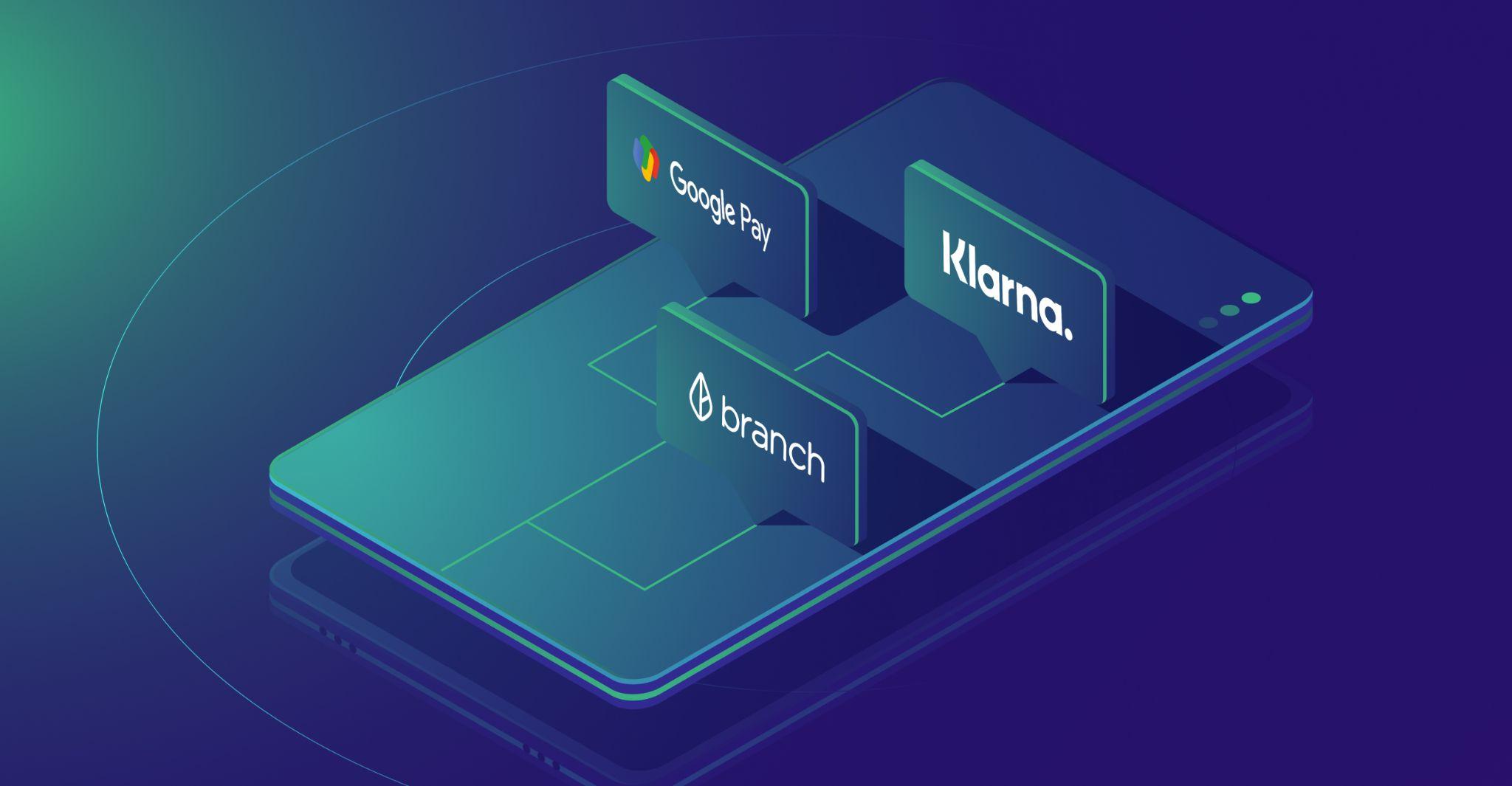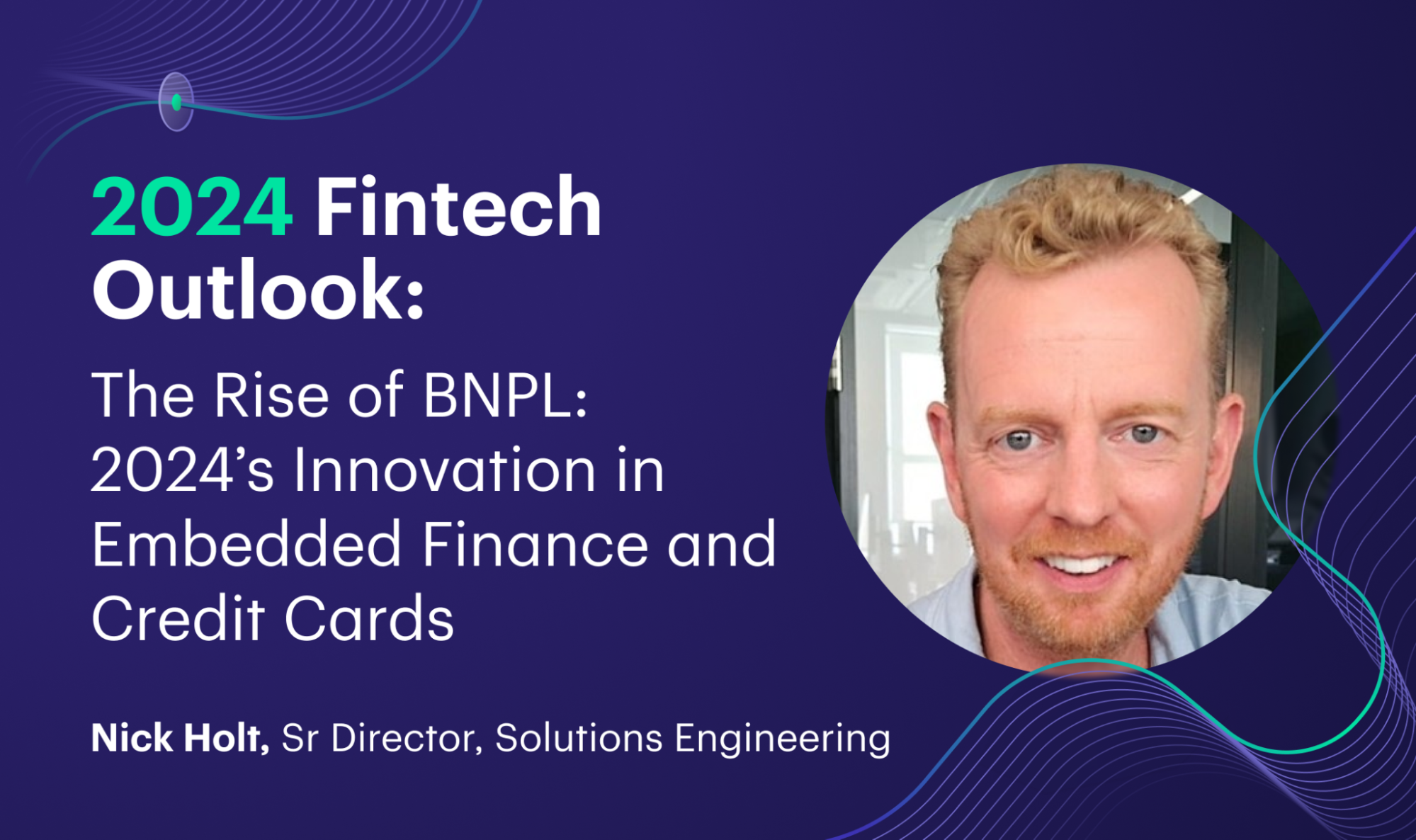When a company that isn’t a financial institution integrates financial services into their customer experience, we refer to it as embedded finance. As consumers, we have grown accustomed to taking advantage of the frictionless benefits of embedded finance. By making financial services a by-product of the apps they use and the goods and services they purchase, embedded finance usually simplifies the lives of users.
For instance, when you encounter a buy now, pay later option when completing a purchase on a merchant site, it’s embedded finance. When you click, “insure this purchase,” at checkout, you’re using embedded finance. When you’re presented with financing options by a car dealer, it’s embedded finance.
The incorporation of financial functions into non-financial settings is so common we don’t even notice them.
What the successful players are doing
A new study from Bain & Company found that in the U.S., transactions through embedded financial services totaled a whopping $2.6 trillion in 2021. That’s nearly 5% of total U.S. financial transactions. By 2026, Bain’s research predicts embedded finance will be responsible for $7 trillion in transactions, which would be over 10% of total U.S. transaction value.
As those numbers indicate, there are many success stories. Currently retailers and gig economy companies are leading the way in proving the value of embedded finance. However, fitness clubs, gaming, nonprofits and healthcare are among the industry segments likely to develop compelling use cases in the near future. One common thread among the successes is that they tend to venture beyond digital banking, which enables different pathways for money movement.
So how should your company be thinking about embedded finance?
Top 4 Traits of the Winners
1.
They understand their customers
When a brand has an intimate understanding of customer wants and needs, they have a much greater likelihood of developing solutions that satisfy existing problems. In the case of gig-economy companies, they often have two sets of customers to consider – those who consume services and those who provide services. Embedded finance plays a key role in simplifying life for both. For the end consumer, payment is woven into the user experience, and almost invisible. Workers also enjoy embedded finance benefits – with 59% of gig workers surveyed by Branch and Marqeta saying getting paid faster is a key reason they like gig work*. Uber offers Instant Pay through its platform, which allows drivers to cash out their earnings multiple times per day. Knowing the strings to pull that turn customers into fanatics is key.
2. They used their customer data for success
Closely associated with knowing customer wants and needs is effectively using available data to guide decisions. Every link in the chain of touchpoints can provide evidence of customer attitudes and behaviors. Embedded finance enables brands to increase their customer lifetime value (CLV) by maximizing the perceived value of any offering. This can speed up the sales cycle, which can lower the cost of acquisition. Examples of compelling offers and incentives include sending change to savings accounts or investments, or presenting insurance propositions for big ticket purchases. In short, embedded finance should be part of any modern business’ customer lifetime value strategy. It allows businesses to diversify propositions and income streams, creating revenue resilience and lasting customer relationships.
3. They meet the moment
As the saying goes, “Timing is everything.” At Marqeta, we’ve observed that customer trust is variable depending on the circumstances. The 2022 Edelman Trust Barometer found that technology, education, healthcare, manufacturing and food & beverage businesses enjoy the highest trust. While a brand may enjoy great customer loyalty and trust in the context of its day-to-day business, consumers need something more when it comes to trusting a brand with their money. Being able to bridge that gap is about timing and communication. Presenting embedded finance offers at the right time is aided by knowing the customer and analyzing customer data. Communication should be clear, consistent and fact-based to overcome any lingering doubts that could derail success.
4. They modernized their tech stack
Modernization of your offerings can have a significant impact on your ability to provide a positive customer experience. At Marqeta, we understand the existing pain points for brands that work with legacy processors. With our modern tech stack and developer friendly approach, our platform can overcome those challenges and bring the control back to the brands. Marqeta can help brands build embedded finance offerings with great customizability, get to market faster, provide an excellent customer experience, and quickly react to the market. This, in turn, drives customer loyalty.
Each of the above common traits of embedded finance winners is intertwined. Analyzing customer data helps you to gain intimate knowledge of customer wants and needs. This helps to inform the timing and approach of an embedded finance offering. And a modern tech stack provides the flexibility and agility needed to move quickly and make adjustments as you go.
*2022 Gig Payments Report, Branch X Marqeta




